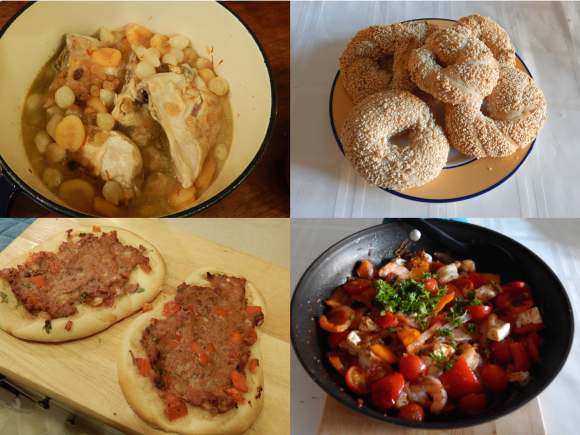The written/spoken language of Turkey is a challenging one, full of characters I can’t name, let alone pronounce. Hopefully I will be able to make my way by depending on the legendary hospitality and friendliness of the Turkish people and by managing to mangle a few key phrases that I think no traveller should be without: hello, good-bye, please, thank-you, may I . . . , where is . . .? And when that fails, and English is not an option, I switch to a mix of German and French, probably sounding a bit like Salvatore in The Name of the Rose.
But then there are other languages that I have set myself to mastering, as best I can, in the time I have had leading up to the trip. First and foremost, that means figuring out the architectural history of this ancient place beyond the sketchy treatment it received in courses and textbooks in my field. By standard accounts written in Europe and America, Turkey (before it became Turkey) was a place where the Greeks built some cities, the Romans sort of took over–but their work does not much matter until Constantine shows up. And then there’s Justinian, then a lot of nothing until then the conquest that brings on the mosques, and then nothing else happens, ever. Although I’ve tried to get a better grip on the material leading up to the seventeenth century, I’ve focused on the last three centuries or so, since they are less-chartered territory and are, after all, the period in which I am supposed to be a specialist. As far as I can tell at this early point in my studies, it’s a fascinating period of both engagement with European trends as well as maintenance of Ottoman heritage, made challenging not only by the obvious geographic, political and religious context of the place, but also the very basic, but less clear, differences in architectural theory of the many currents that run through Turkish building culture.
So, that’s been a hard slog. Less mentally challenging, and more immediately gratifying, have been my experiments in Turkish cooking. I have made a habit in the last ten years or so of preparing for overseas adventures by reading cookbooks, especially those really pretty ones you sometimes find that have a certain amount of culture and history tucked in between the recipes. The first one I bought of this sort was Teresa Barreneche’s Cuisines of Spain, which remains a source of family favorites. Food has a lot in common with language; it is particular to a place and is particularly expressive. This is certainly true of recipes dating back to the Ottoman Empire. The very ingredient lists reveal the extent of the trade routes that passed through Istanbul as well as the bounty of production in this place that remains one of the few nearly self-sufficient food-producing countries in the world. I can’t imagine going to a new place without trying out their food first; some of my favorite conversations on trips have been about food, especially while shopping for cookware off the beaten tourist path. And so when I return home it’s not just with a memory that the food was really good, but usually with a better technique for cranking out the vittles, as well as cool cooking implements. These might not scream “I WENT SOMEWHERE!” like a t-shirt emblazoned with the country’s name on it, but that’s not really my style anyhow. But it is a great joy to pull out these gadgets, like my truly Spanish paella pans, or the offset spatula from Paris, and think that by using the real tool from the place, my work is a little more authentic–and even if it’s not, they bring back wonderful memories of wonderful places.
